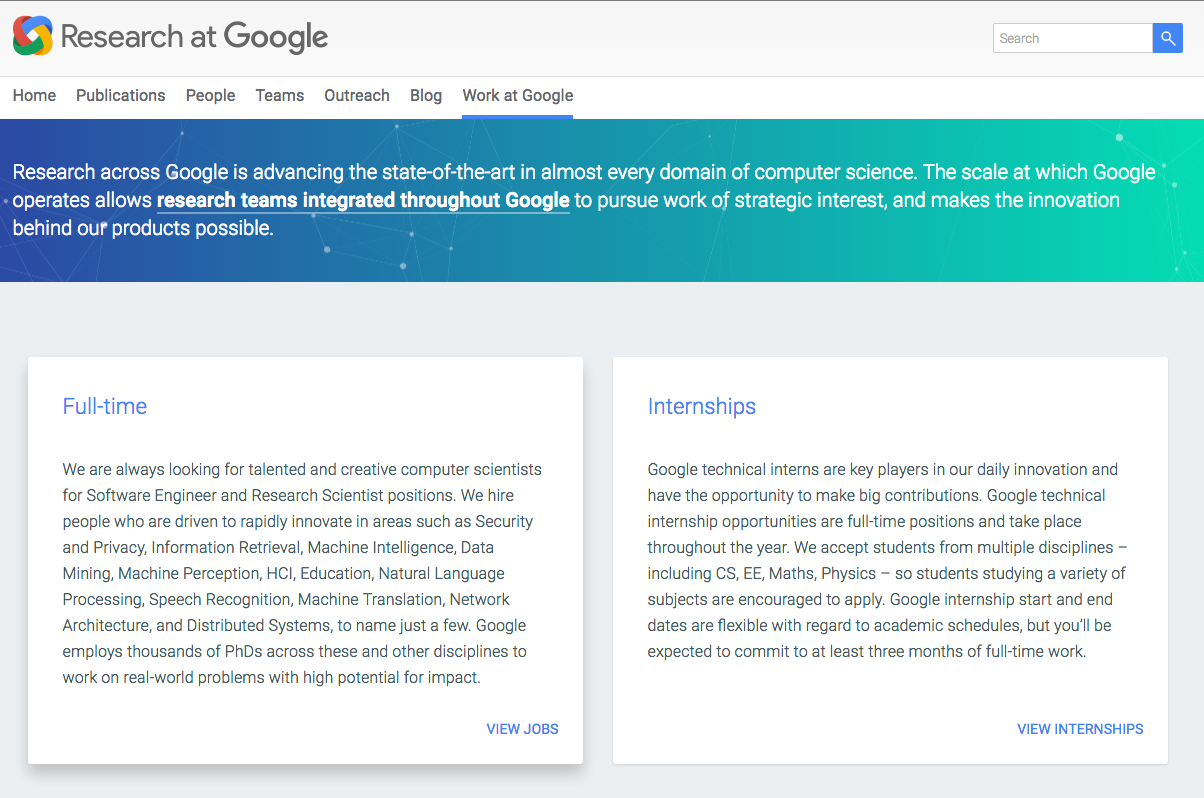In a market where it can seem that every day delivers new and fresh technologies and tools to help disrupt traditional recruiting, it can be easy to forget the value of simplicity. Simple isn’t always better, but it often is, and especially in the case of small business owners getting stuck into the world of recruitment marketing.
Eschewing the latest trends in favor of simplicity, and rather zeroing in on the details that set your company apart can be the best possible way to get the most out of recruitment marketing.
Start “getting simple” by centering your efforts around the these three ideals, all of which can help increase relevant demand for employment at your organization.
- Steer Into Your Competitive Advantages
Your competitive advantage is your ability to deliver greater value than your competition. In this case, it’s delivering jobseekers greater value than the other firms looking to fill a similar position. Your competitive advantages could be your lucrative compensation packages, brand prestige, robust benefit offerings, office location, work from home policies, or any number of things, but the first step is figuring out precisely what they are.
We’re all familiar with competition research, but in this case you’re not researching your business competitors, you’re researching the companies that are also interested in the type of candidate you want to hire, and these companies may or may not be in your industry. Once you’ve determined your competitive advantage, it’s time to steer into it – that is, run with it, make it the metaphorical (or literal) headline of all your other recruitment marketing efforts. All your recruitment marketing content should map back to your top competitive advantages.
- Market Your Mission Statement
If your competitive advantage is your metaphorical headline, then your mission statement is the body of the article.
Your mission statement is already a kind of marketing collateral – you want customers to be attracted to the work you’re doing and patronize your business, but remember that your mission statement goes beyond selling. Your mission statement gets at the ‘why’ of your business, and that’s important to job candidates who are increasingly seeking purpose in their work.
A recent Glassdoor survey revealed the top 5 things jobseekers want to know about a company before they consider working there:
- Details on compensation packages
- Details on benefits packages
- Basic company information
- Details on what makes the company an attractive place to work
- Company mission, vision and values
While only the final item uses the word ‘mission,’ your mission statement and the marketing of your goals, direction, and purpose are relevant to everything on the list beyond compensation and benefits.
People want to work some place interesting, and marketing your mission is the simple and direct way of making sure every candidate knows how interesting the work is that you’re doing, and how great the culture is around that work.
Take a look at how Google, which is consistently voted one of the best companies to work for, does this well on their careers page:

- Put Your Successful Employees Up Front
Speaking at the SHRM Talent Management Conference and Exposition last month, Celinda Appleby, global head of digital recruitment and employer brand for Oracle, told her audience, “They [successful employees] are your unsung heroes; they are your brand.”
What she means, of course, is that when businesses make their best and brightest visible to jobseekers, it makes it much easier for candidates to see themselves finding success with you.
It’s recruitment marketing gold when, for example, a junior salesperson realizes that “the sky is the limit,” and tells their friends how much opportunity they have at work.
Every company has the product (or service) they produce, and the people they produce. A company with a proven ability to groom workers for internal advancement and provide career mobility will be much more attractive than the competition.
In Summary…
It cost an average of $4,000 and took an average of 52 days to fill a position in 2015. Ninety percent of recruiters say that the market is currently candidate-driven. The numbers are daunting, indeed, and the urge to make our recruitment marketing efforts more complex, more sophisticated is strong, but sometimes the trickiest hiring challenges have the simplest answers.
The three tips above will go a long way towards helping your efforts, but there is a common theme throughout all three and that is:
Know who you are, and then market that.
Work is more than what we do every weekday and how much we’re paid, it’s also the people we spend enormous amounts of our lives with, and it’s the organizations with which we associate and endorse. Keeping your recruitment marketing simple makes recruiting personal. A quality hire happens when you and the candidate agree to achieve something together.
 MightyRecruiter
MightyRecruiter




Leave a Reply